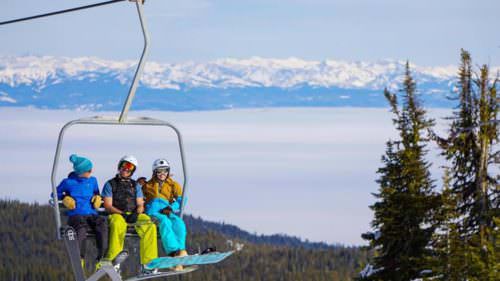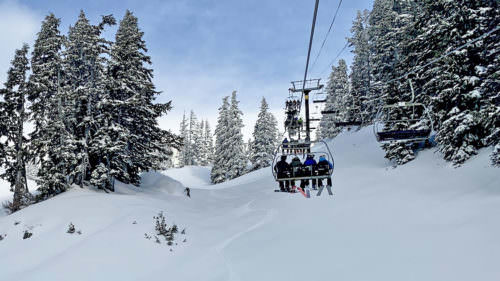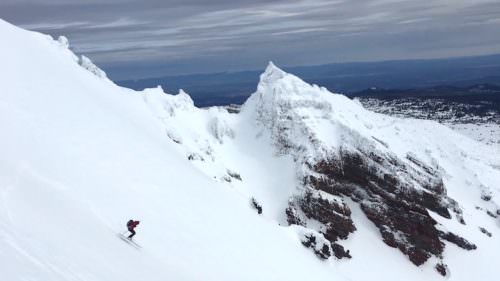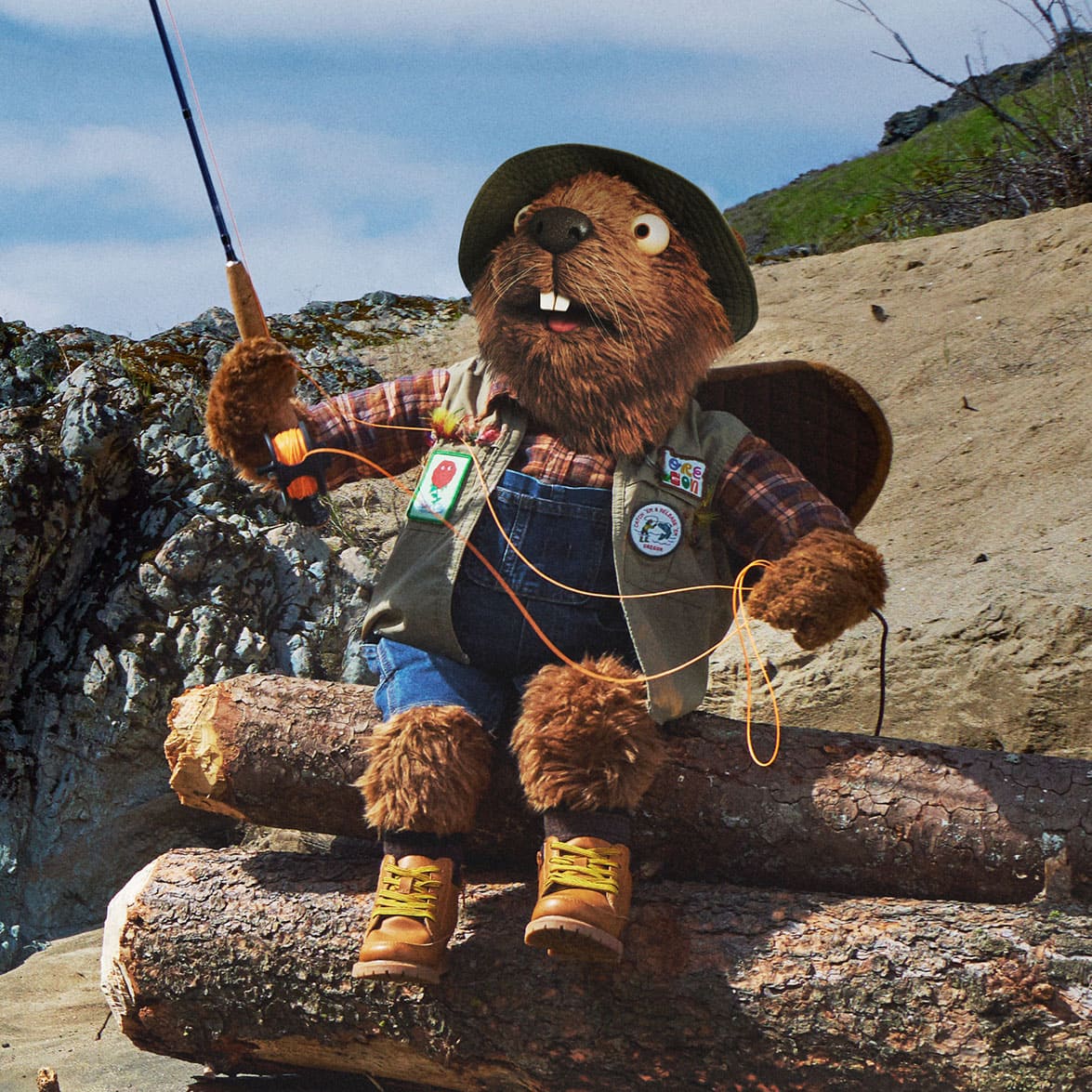There’s no shortage of inspiring adventures to embark on at Oregon ski areas, from learning to take your first turns down a wide-open groomer, to ascending mountain summits to night skiing under the lights. As if those endeavors weren’t worthy enough, we thought we’d add to your to-do list with this rundown of five bucket-list worthy ski experiences that you can’t find anywhere else.
These adventures don’t require a huge budget, but they do require a high level of skiing and snowboarding ability.
While some of these adventures lend themselves to advanced planning, others are more about being at the right place at the right time, but that also takes some forethought. So, visualize, set your intention and get after it — you won’t regret it.
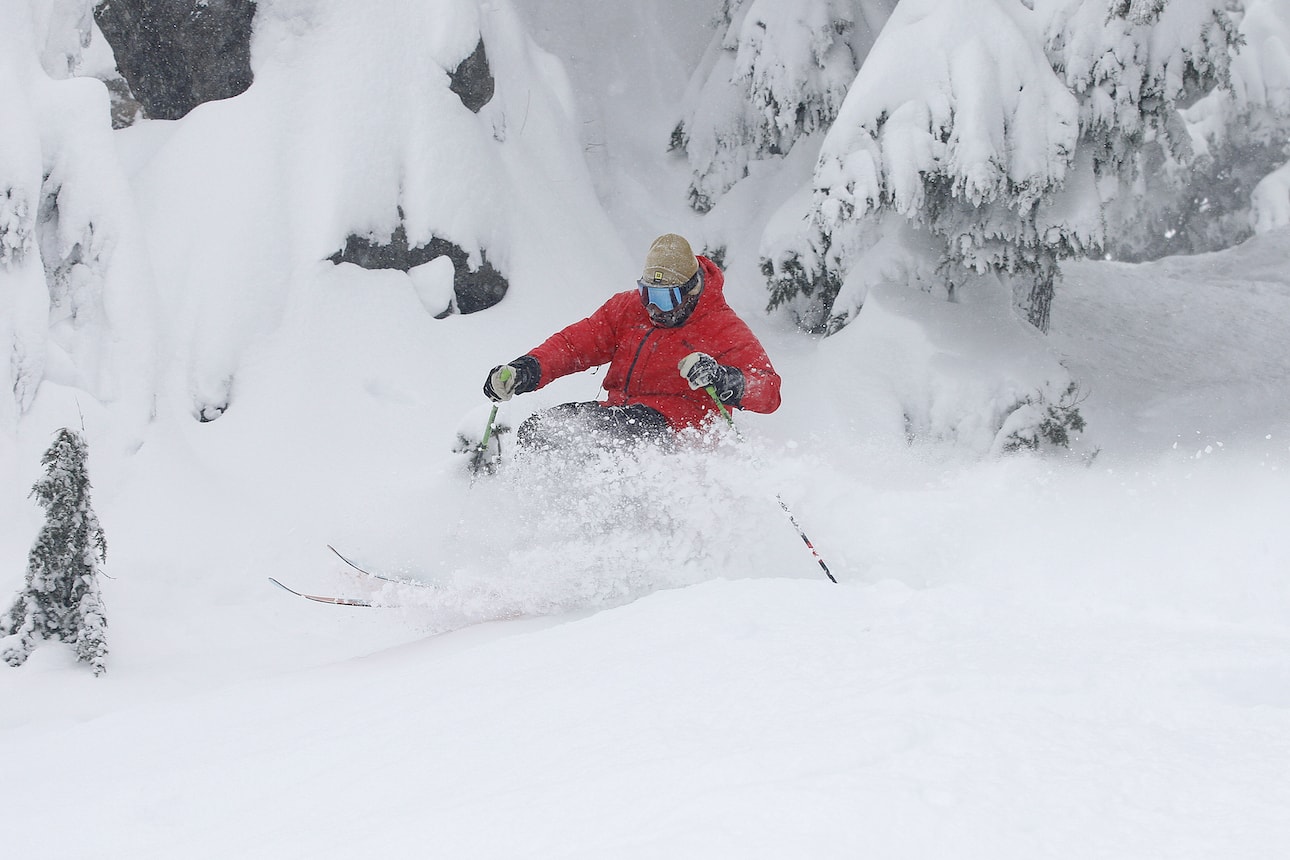
1. Be There for the Rope Drop at Mt. Hood Meadows Heather Canyon
Heather Canyon offers some of the most exhilarating steep double-black diamond terrain in the Northwest. Access to the Canyon is permitted through control gates, which open only after avalanche control work has been finished by the ski patrol and the “ropes are dropped.” The area consists of Heather Canyon, Clark Canyon, Private Reserve and the S&R Cliffs. The lure is both the sheer size of the area as well as the steepness, also, the infrequency of opening almost guarantees that when the rope does drop, skiers and snowboarders are greeted with deep untracked powder.
The canyon is open on a day to day basis depending on snow conditions and weather. This is avalanche terrain with unmarked hazards — you should always ride with a partner and a beacon, probe and shovel are highly recommended.
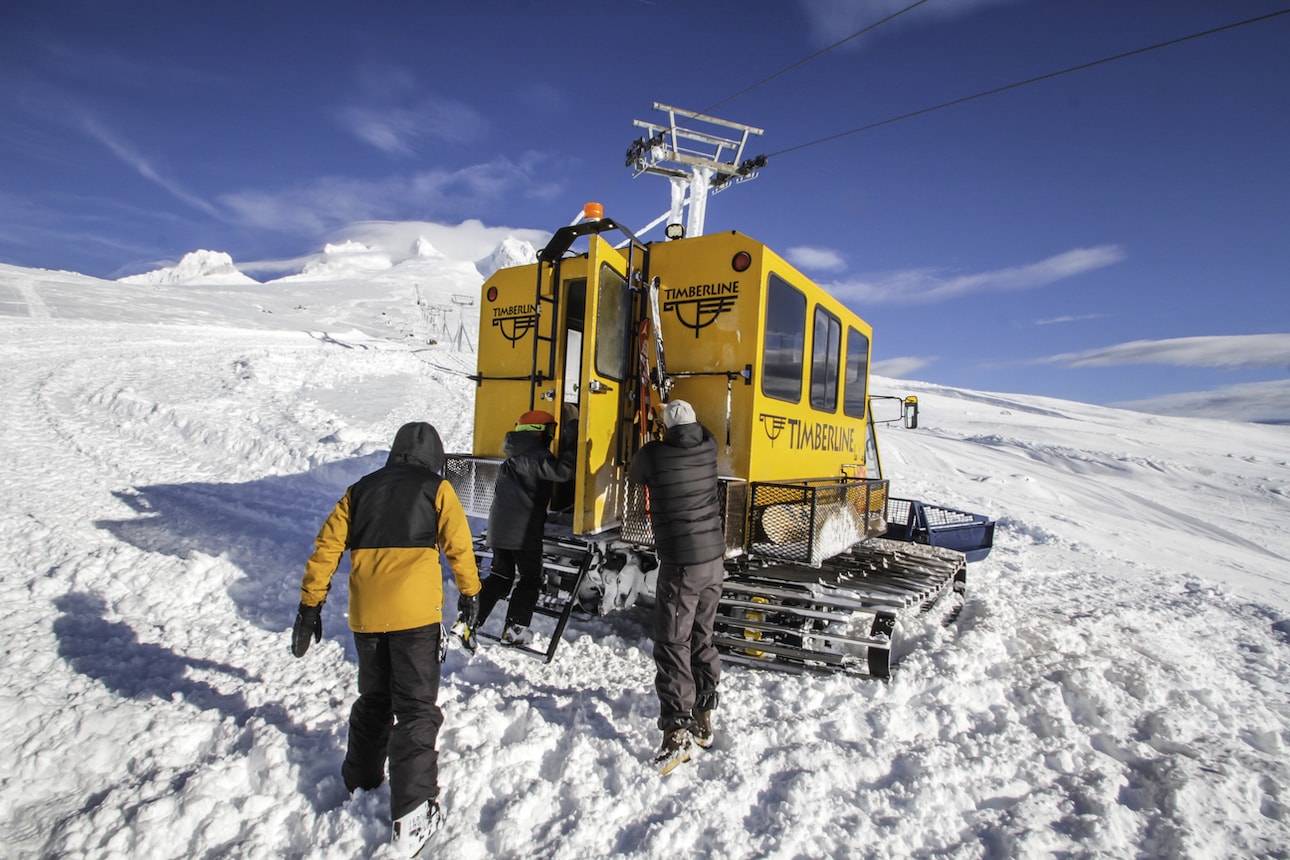
2. Ride the Palmer Snowfield at Timberline Ski Area
At 5,960 feet, Timberline Lodge & Ski Area is already operating at an impressive elevation, but you can always go higher! When weather and snow conditions align, visitors have the unique opportunity to ascend up to 8,540 feet on Mt. Hood to the top of Palmer snowfield. While visitors can simply ride the upper snowfield via the Palmer Express chairlift in the late spring and summer, the weather conditions don’t allow the lift to run during the winter. The answer is snowcat shuttles. The Timberline snowcat departs from the Silcox Hut located just above Timberline Lodge. Once at the top, visitors can enjoy the stunning views and the 3,690 vertical feet of either groomed or untracked snow skiing and riding all the way back to the lodge, or if you’re so inspired, all the way down to Summit Ski Area—the longest vertical run in the U.S. This magical experience is free to ticket and season pass holders and typically runs on weekends and holidays from 10 a.m. to 2 p.m. when weather permits; check the conditions report for snowcat operations.
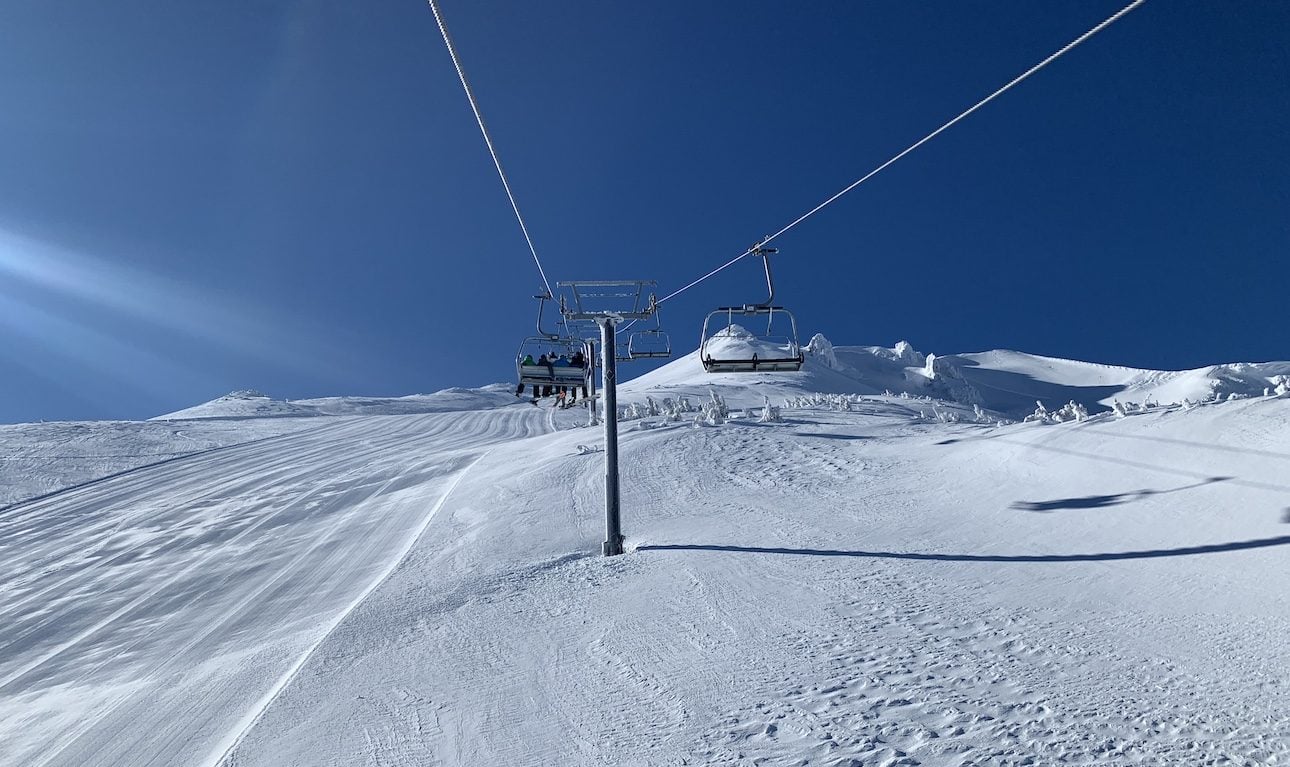
3. Access the Terrain from the Summit at Mt. Bachelor
Mt. Bachelor boasts a massive 4,300 acres of lift-accessed terrain encompassing 360 degrees of skiing. A big chunk of that terrain is accessed via the Summit high-speed quad chair ascending 4,783 vertical feet to the 9,065-foot peak of Mt. Bachelor. Due to the above-treeline exposure, Summit only opens when weather, snow and visibility conditions align — check the conditions report for expected openings). When the chairs do start spinning on the lift, locals line up for a chance to ride this remarkable terrain with something for intermediate to advanced skiers and snowboarders. The front side of the Summit features blue square runs including the groomed Beverly Hills with incredible views. More advanced riders will find untracked bowls and gullies extending 360 degrees off the summit including the Cirque Bowl, Cow’s Face and the Backside Bowls. This celebrated terrain features windswept gullies with wind-lip features mimicking ocean waves for slashing and catching air. The terrain continues into treed gullies requiring navigation. A circuit of groomed catchlines and getbacks encircle the lower mountain ensuring a route back to the lifts. Due to the remoteness of much of the terrain, Mt. Bachelor asks guests to ride with a partner and understanding the hazards of this wild ungroomed terrain including tree wells.
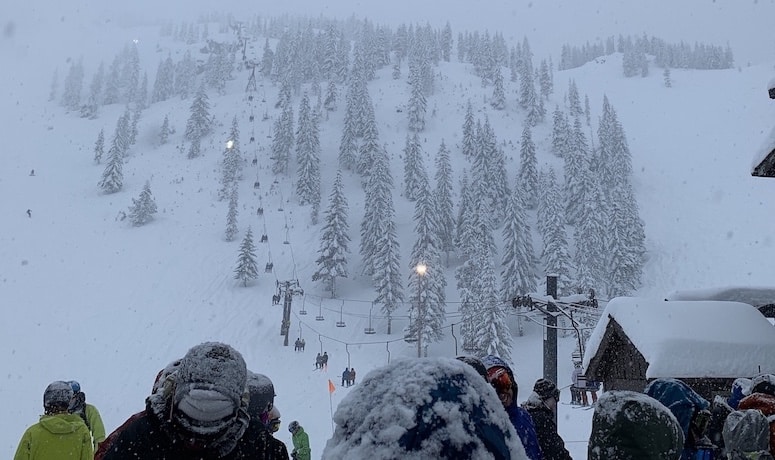
4. Experience the Steeps on the Upper Bowl Chair at Mt. Hood Skibowl
Some of the steepest skiing to be found in Oregon is right at Mt. Hood Skibowl, accessed by the unassuming Upper Bowl Chair. This classic double chair rises to the 5,027-foot summit of Skibowl West. The chair accesses a ridgeline of treed single and double-black diamond runs all the way to the 5,100 summit of Tom Dick Peak. Alternately skiers can opt for the three-mile long green circle ride down the groomed Skyline run. The runs off Upper Bowl range from steep gladed trees to expert-only chutes and bowls. Perhaps the most impressive aspect of the expert skiing here is that a large percentage of this terrain is accessible during Skibowl’s renowned night skiing. Check the lift status report to see when Upper Bowl chair is operating.
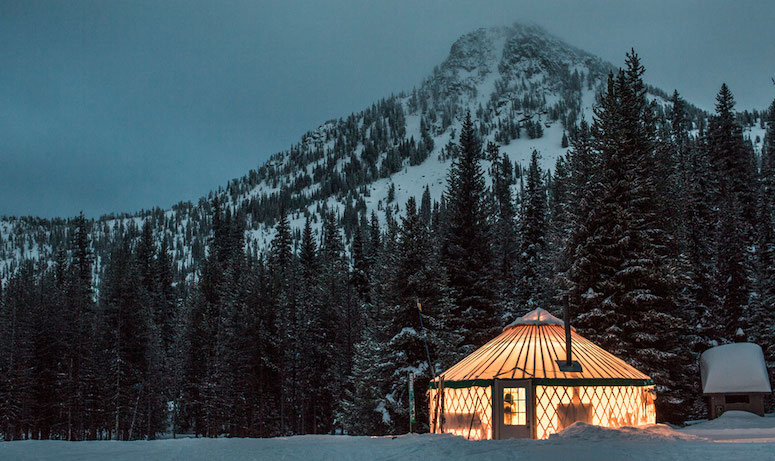
5. Go Snowcat Skiing and Stay Overnight in Yurts at Anthony Lakes
In addition to the 1,100 acres of in-bounds terrain at Anthony Lakes Mountain Resort, the ski area also provides access to 2,000 acres of backcountry terrain, including steeps, bowls and treed glades. This terrain exists on the backside of the resort and is accessed via a 12-person snowcat. These guided snowcat trips are for experienced intermediate or advanced skiers and snowboarders confident in their ability to tackle fresh, untracked powder. The popular trips book up early in the season with reservations available November 1, 2023. Combine a full day of catskiing with an overnight stay in one of Anthony Lakes two slopeside yurts for the ultimate winter wonderland getaway.
Ski and Snowboard Safety
Skiers and snowboarders should always follow the Skier’s Responsibility Code, which exists to raise awareness that there are elements of risk in snow sports that common sense and personal awareness can help reduce:
- Always stay in control and be able to stop or avoid other people or objects.
- People ahead of you have the right of way. It is your responsibility to avoid them.
- You must not stop where you obstruct a trail or are not visible from above.
- Whenever starting downhill or merging into a trail, look uphill and yield to others.
- Always use devices to help prevent runaway equipment.
- Observe all posted signs and warnings. Keep off closed trails and out of closed areas.
- Prior to using any lift, you must have the knowledge and ability to load, ride and unload safely.
Similarly, those skiing in steep and ungroomed terrain should be familiar with Deep Snow Safety and become informed on traveling and recreating in avalanche terrain. Find more tips on skiing and snowboarding safety here. Avalanche forecasts are available through the Northwest Avalanche Center (Mt. Hood), Central Oregon Avalanche Center, and Wallowa Avalanche Center in Eastern Oregon.
